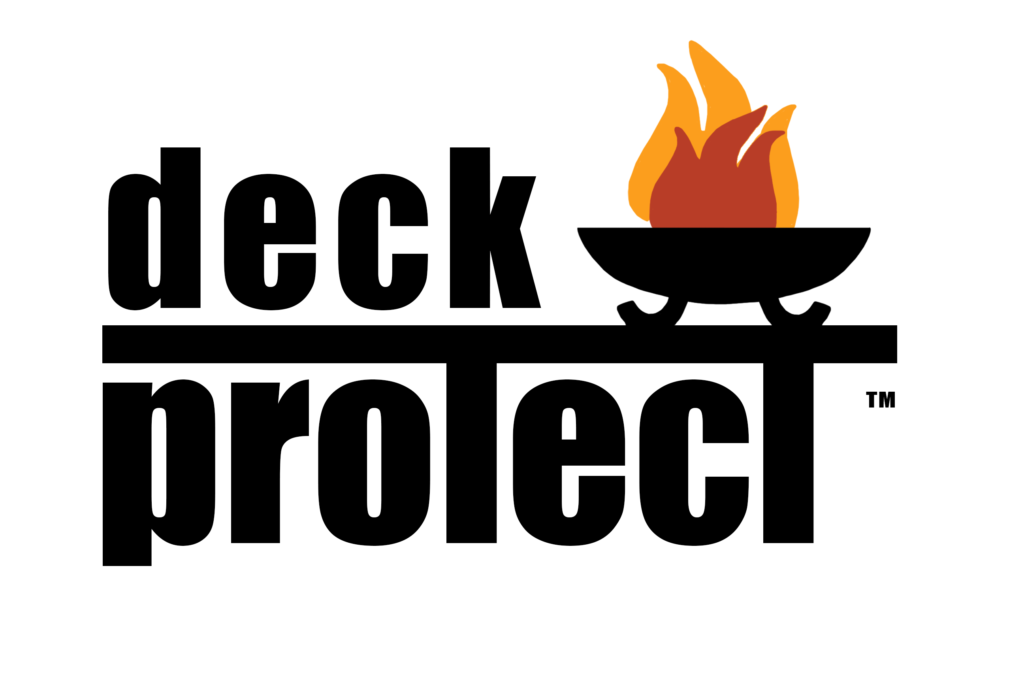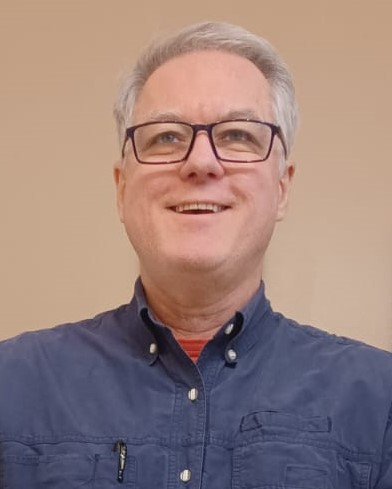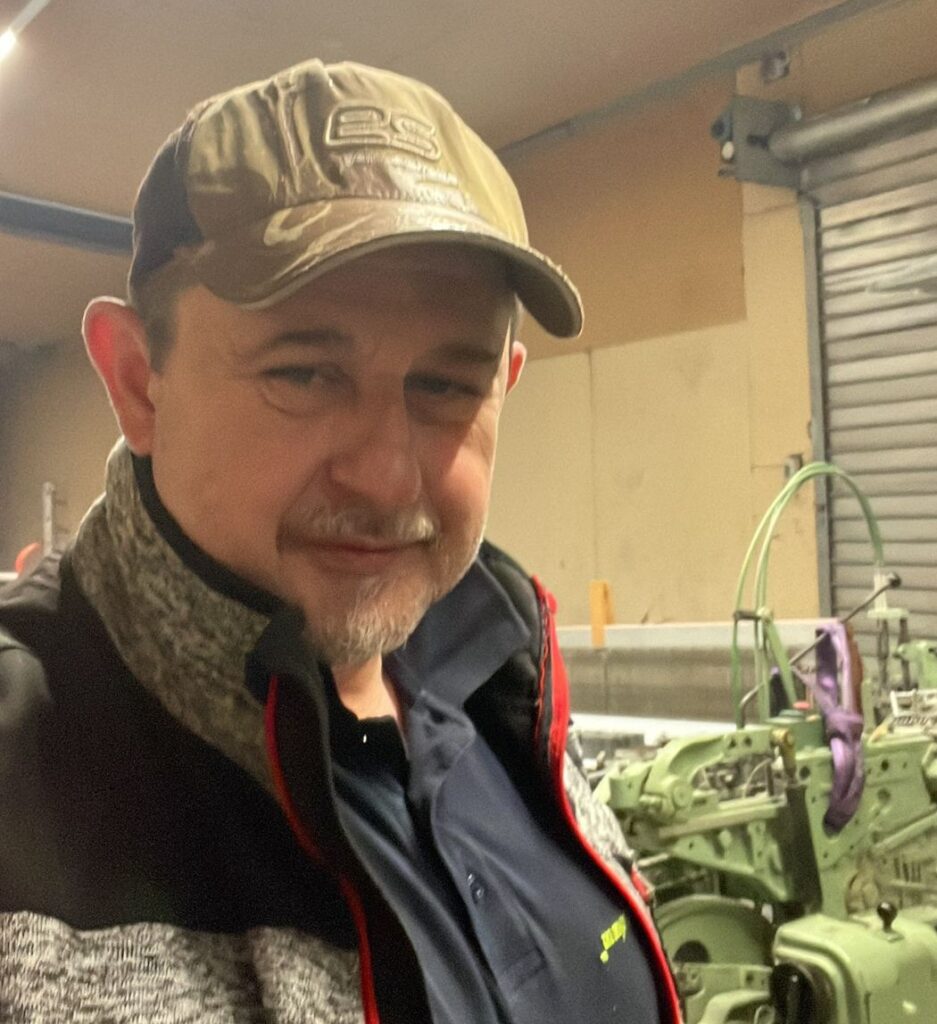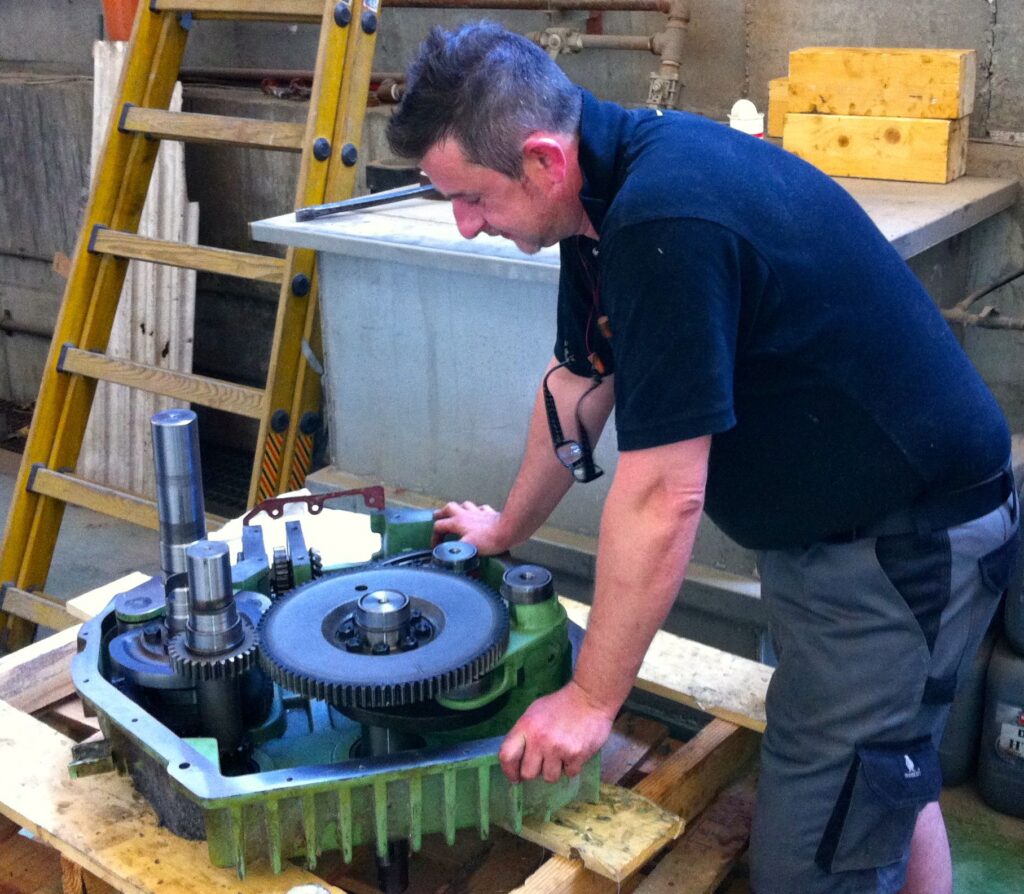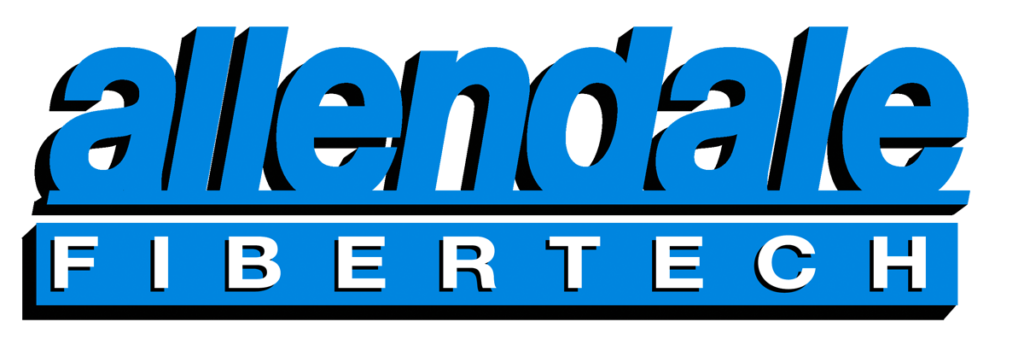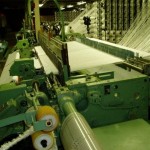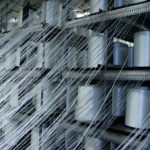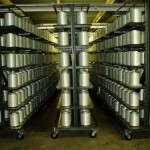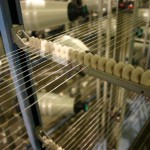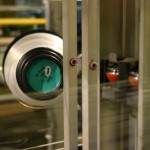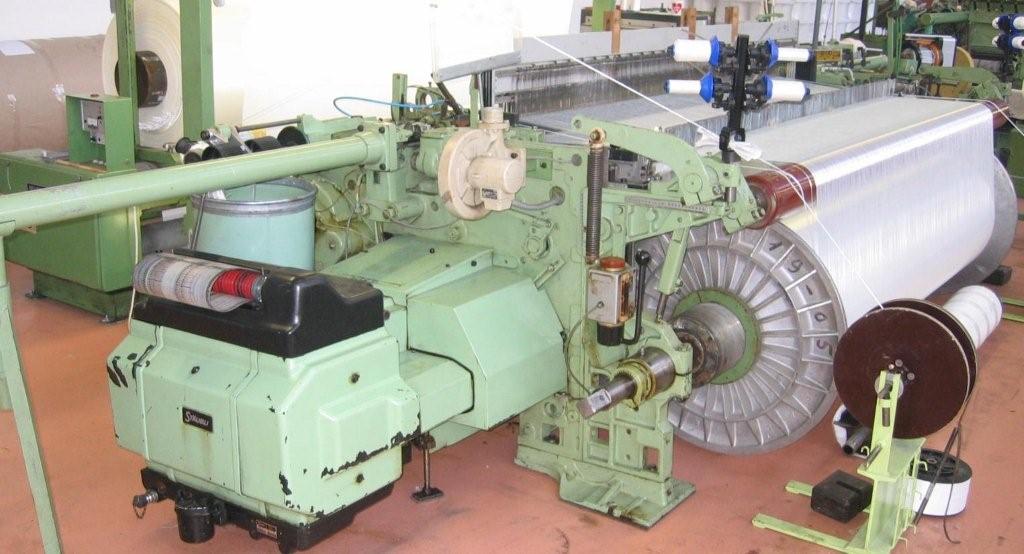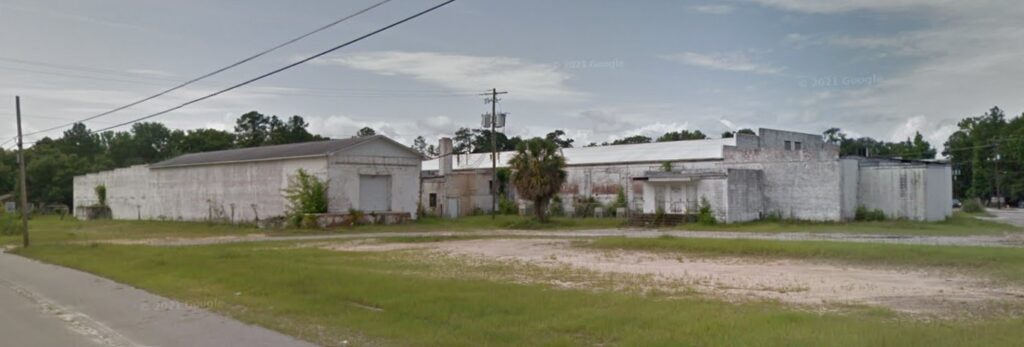CONTRACT WEAVING – CONTRACT CHOPPING – CUSTOM TEXTILE PROJECTS

Allendale Fibertech Corporation, Inc is located in Allendale, SC, USA.
In our 68,000 sf facility, we provide services in respect to weaving, chopping or further going, value added processes; e.g. metal works, powder coating, confection, special packaging, storage, fulfillment and more.
CONTRACT WEAVING
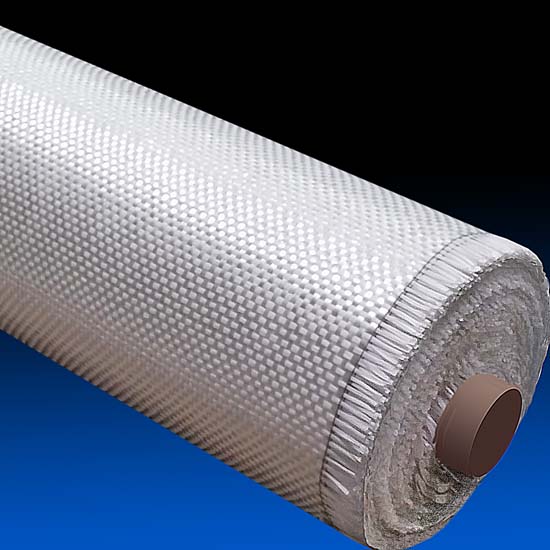

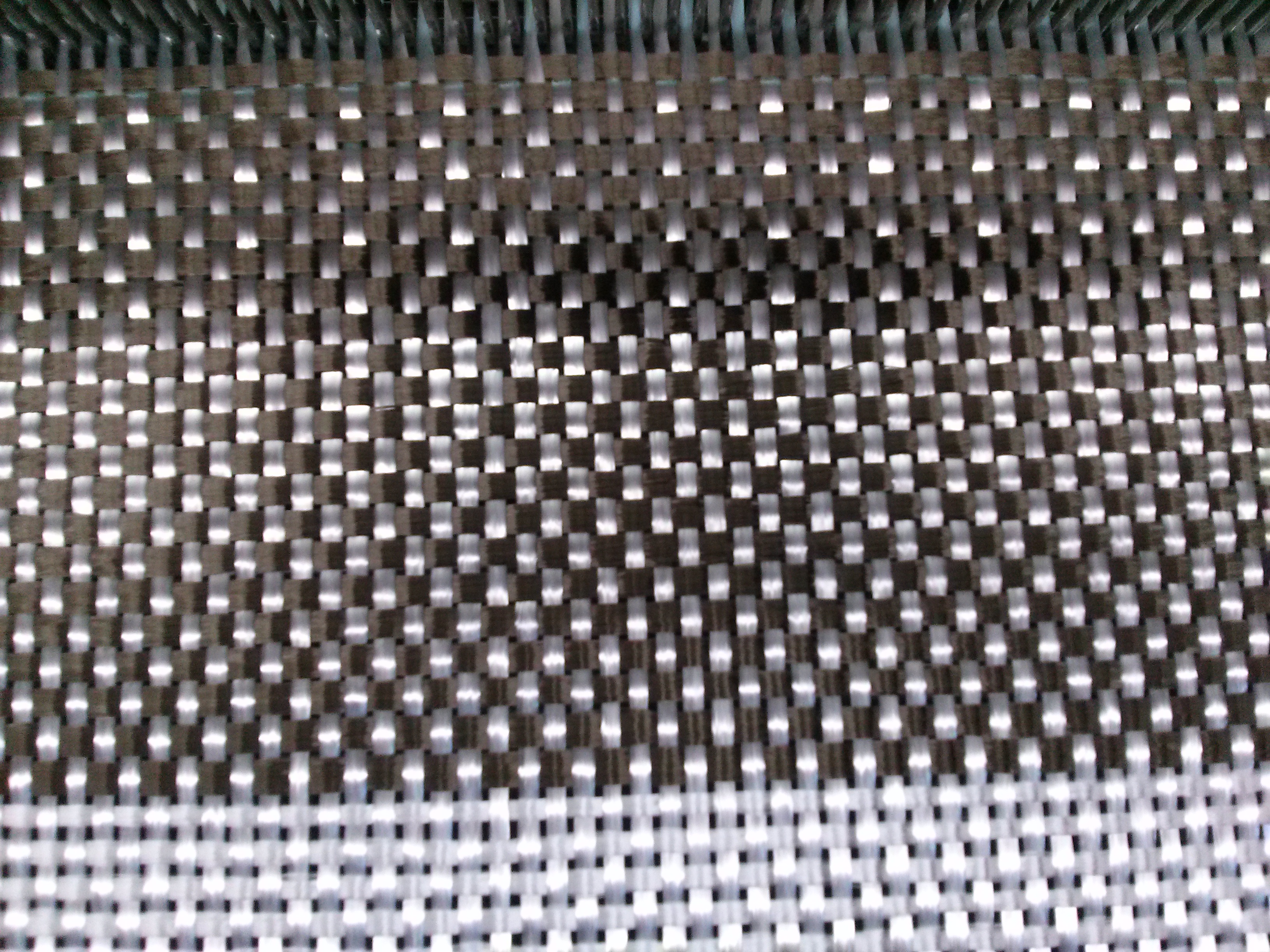
The customer can provide technical or physical requirements such as
- temperature resistances,
- strength requirements,
- insulation values,
- thickness, width or length,
- other.
We then design a fabric which meet such requirements. Our experience with the various fibers available, their properties and the way they need to be processed will help to create successful and cost effective results, in a relatively short period of time.
Click the following link to read more about Contract Weaving: https://allendalefibertech.com/contract-weaving/
CONTRACT CHOPPING

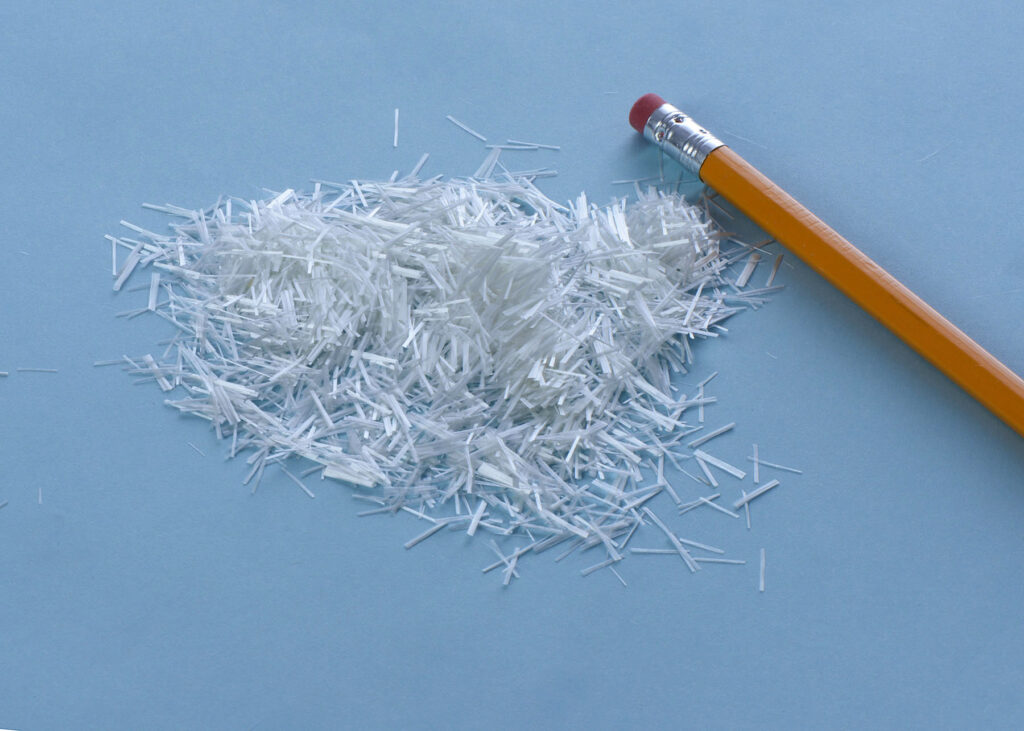
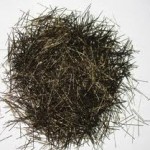
Similar to Contract Weaving, we would ask to provide data to help us determine the optimal choice of fiber or fiber combination.
The advantage of being an independent manufacturer allows us to make use of any fiber available in the market.
Click the following link to read more about Contract Chopping: https://allendalefibertech.com/contract-chopping/
CONTRACT VALUE ADDED SERVICES
DeckProtect:
In addition, we offer value added services and combine technical fiber products with other components. In below example we form the metal, drill holes and powder coat the product, according to customer specifications. We then fill it with a Basalt fiber Insulation board.
Our experience with the very many choices in the market help narrow down the choice of materials, based on suitability, cost & availability.
You can visit our customer’s site by clicking on the following link: https://deckprotect.net/
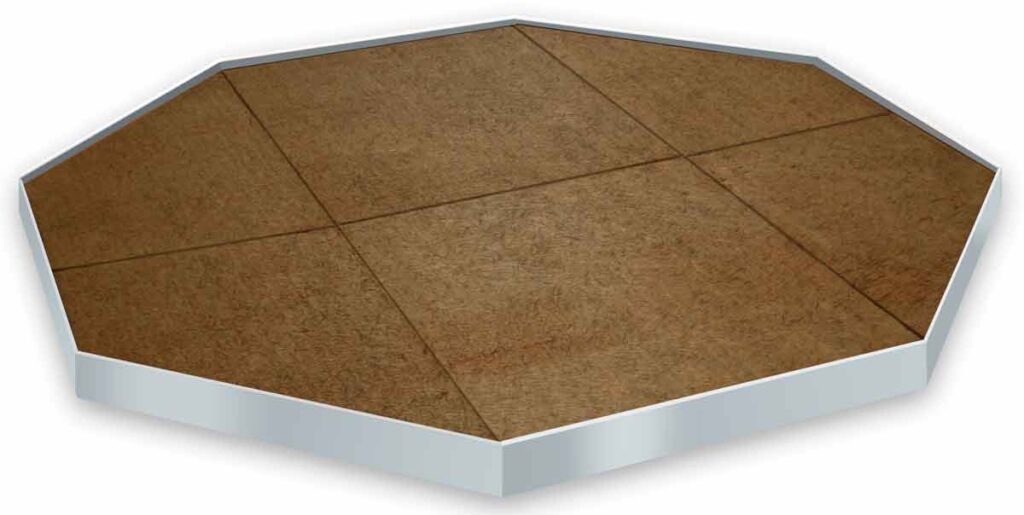
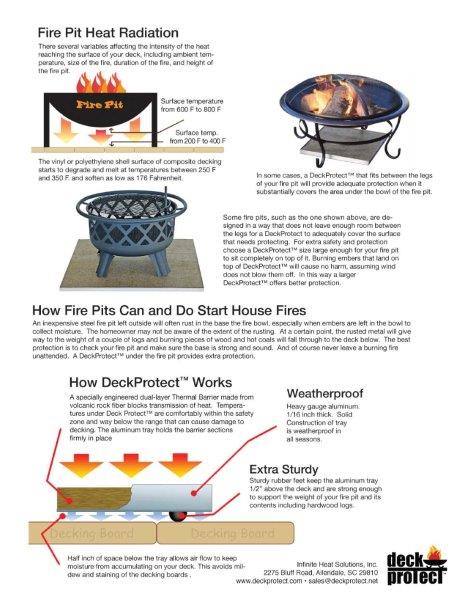
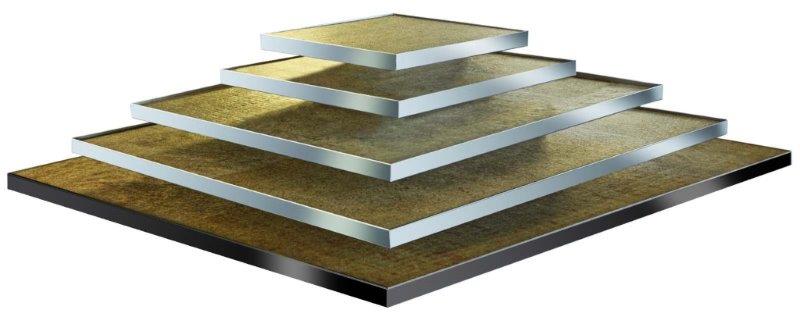
We know some ideas may take time to develop and to prepare for a market; a product’s marketability is uncertain until it can be launched and proove itself. Some markets can take on slow, others can accelerate very fast. We hope to become your partner to help & assist with our knowledge, resources, connections and space.
PYROPROTECTO:
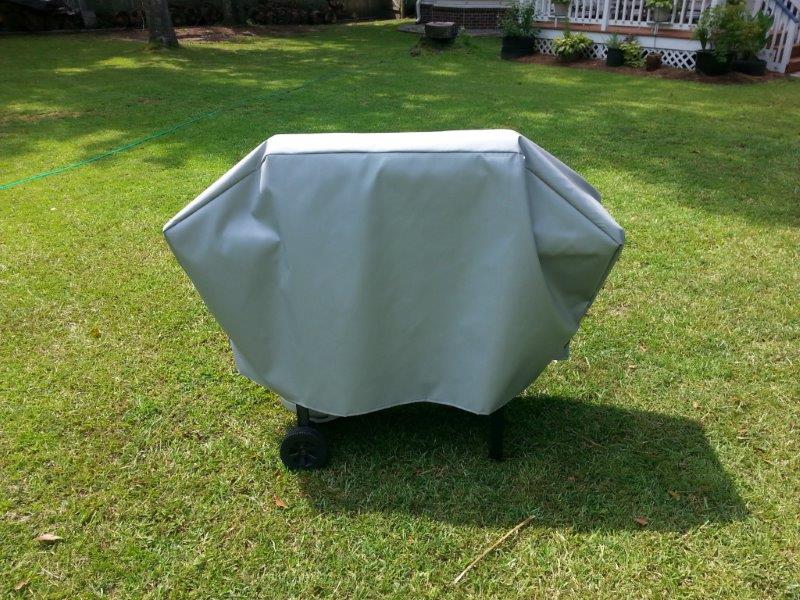


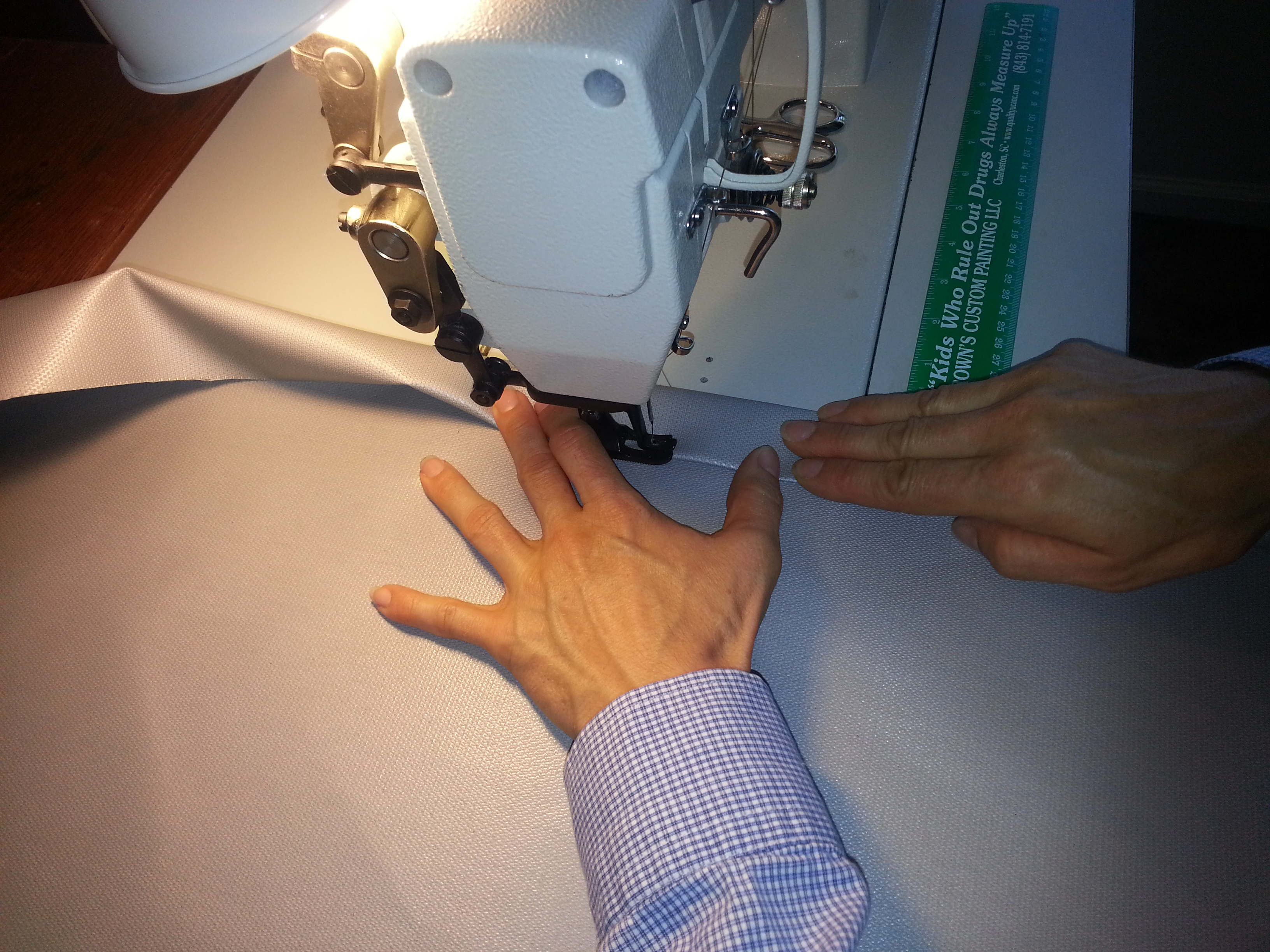
The PyroProtecto product line is involved with high temperature custom insulation and protective solutions.
Visit the site: https://pyroprotecto.myshopify.com/
Feel free to connect with us and schedule a conversation: https://allendalefibertech.com/contact/

